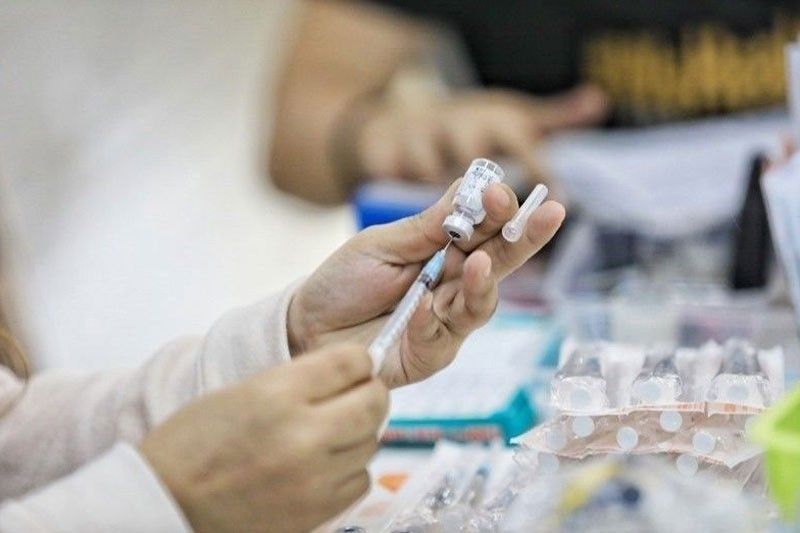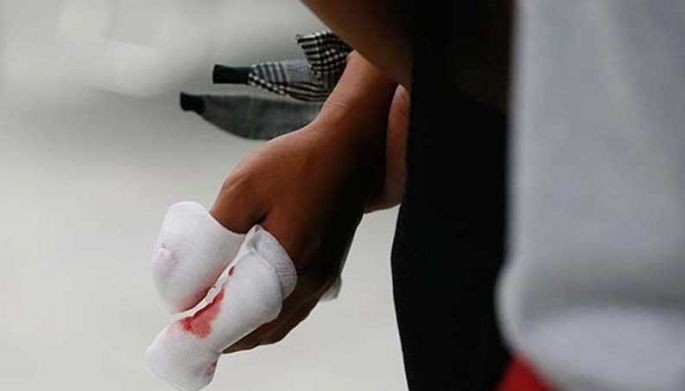‘Low vaccine puts Philippines at risk of disease outbreaks’

MANILA, Philippines — The Philippines may face a large number of outbreaks of measles and other infectious diseases due to low vaccine coverage, the United Nations Children’s Fund (UNICEF) warned yesterday.
UNICEF Philippines Representative Oyunsaikhan Dendevnorov said, “Until all of us come together to mend the gaps in routine immunization coverage, children in the Philippines will remain at risk of contracting and dying from diseases we can prevent.”
“Vaccinating children gives them an added layer of defense against the many vulnerabilities they face, such as a lack of a safe and secure environment, and stable and healthy nutrition. Let’s reignite our shared ambition of leaving no child behind,” Dendevnorov added.
Behzad Noubary, UNICEF Philippine deputy representative, explained that the immunization coverage among young Filipino children has not shown improvement and is still among the top five countries in East Asia and Pacific Region with a high number of zero-dose kids or those who have yet to receive a single dose of vaccine.
“Philippines is fortunate not to have a large outbreak but is still at risk,” Noubary said.
UNICEF said that despite the progress in reducing the number of zero-dose or unvaccinated children between 2021 and 2022 from around one million to 637,000 children, more work needs to be done to reach the ideal 95 percent coverage.
Department of Health (DOH) Undersecretary Maria Rosario Vergeire noted that, as of last year, the country has attained a 59.9 percent vaccine coverage among the eligible population of young children nationwide.
Vergeire said there has been a gradual decline in immunization coverage for the past years due to various factors, including the COVID-19 pandemic.
Health Undersecretary Eric Tayag also noted that the country’s immunization coverage started to drop even before the pandemic.
“But this even further decreased during the pandemic given the restrictions that parents could not bring their children to health centers and have them immunized,” Tayag said in Filipino.
He added that the continuing decline in immunization coverage is considered alarming and has prompted the DOH to mount supplemental immunization activities.
“It is not enough to say that the vaccine is free. We have to convince parents to bring their children to the health center,” Tayag stressed.
To close the child immunization gap, the DOH, World Health Organization (WHO), UNICEF, donor governments, the private sector and civil society converged yesterday for a stakeholder summit to discuss urgent actions to close the child immunization gap.
Tayag said the DOH would collate all the recommendations gathered during the summit and come out with a long-term solution to low immunization coverage among children.
Health Secretary Ted Herbosa reaffirmed the DOH’s commitment to end the spread of vaccine-preventable diseases among children by encouraging both children and parents to religiously get routine immunization.
The WHO urged legislators, decision-makers, local chief executives and partners to take an active role in propelling this crucial program toward its ultimate success – achieving over 90 percent coverage of the target for every vaccine.
Summit participants discussed needed reforms in immunization such as amending the Immunization Law, increasing investments in strengthening primary health care as a key platform for immunization services, key health system strengthening building blocks such as human resources and digitalization, deeper involvement of local chief executives, strengthening of the supply chain, and intensifying communication activities. — Pia Lee-Brago
- Latest
- Trending



























